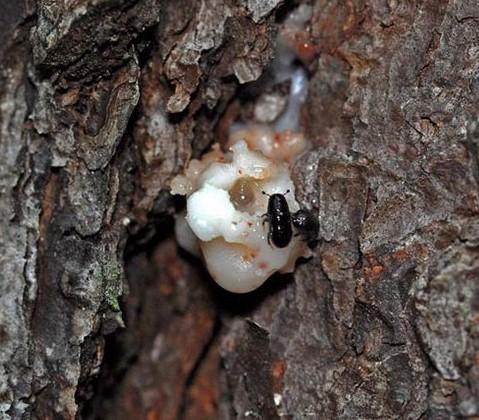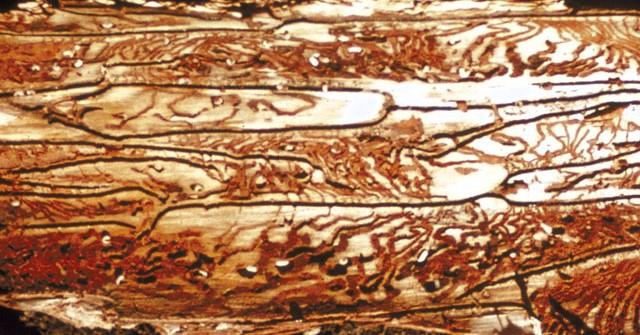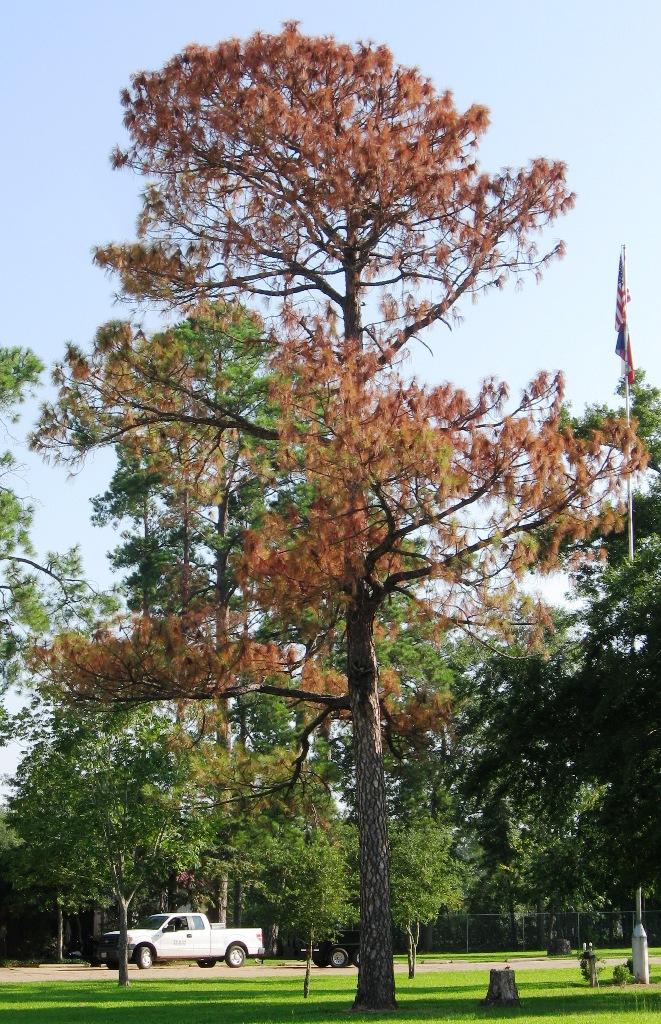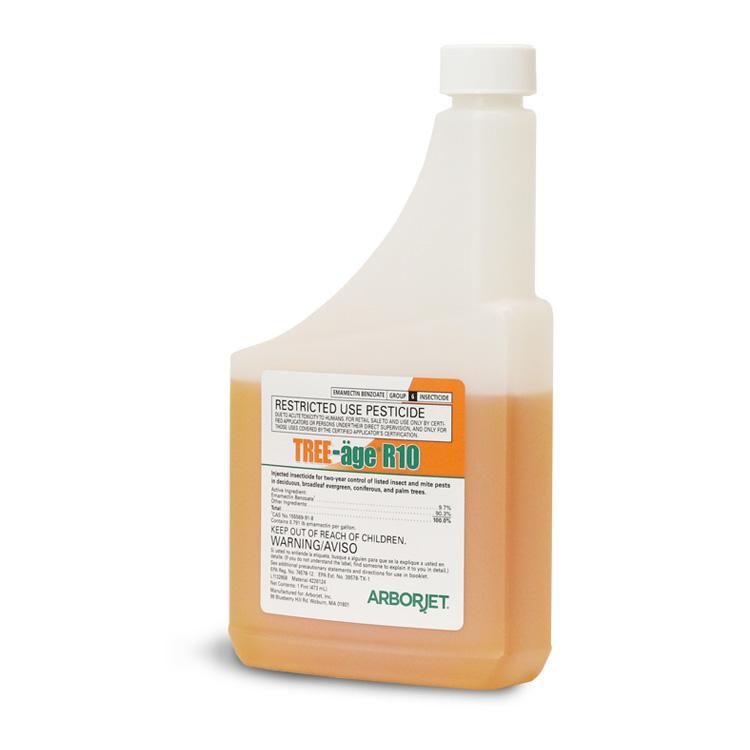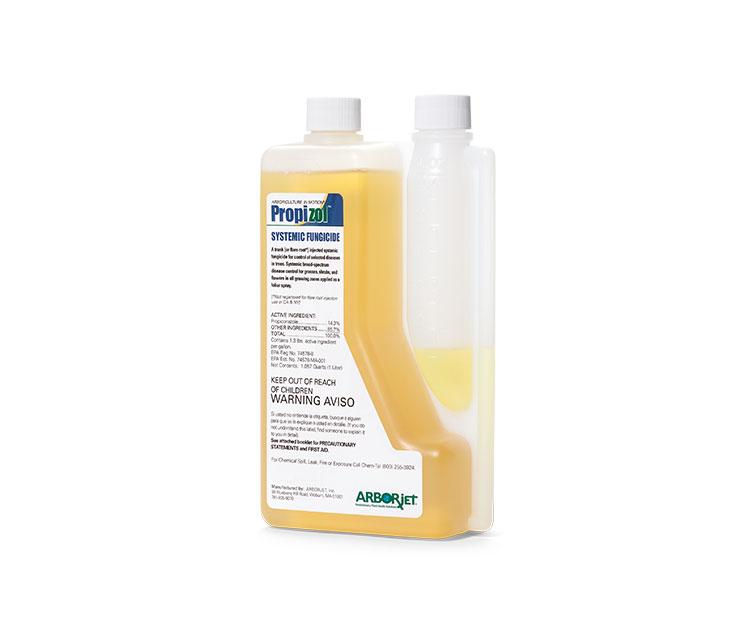Conifer Bark Beetles
Several species of bark beetle including Southern Pine Beetle, Black Turpentine Beetle, Mountain Pine Beetle, Western Pine Beetle, and Spruce Beetle (all Dendroctonus species), and Ips Engraver Beetles, are known to attack and kill conifers such as pines and/or spruce.
These beetles bore into the tree in large numbers and construct egg galleries in the cambium layer. This disrupts nutrient and water movement, thus killing the tree. Several of these species also introduce a fungus, known as blue stain, which aids in killing a tree by clogging its vascular system.
Common Symptoms
Most of these beetles will attack both stressed (drought, nutrient deficient, excess moisture) as well as healthy conifers. Cream to red colored pitch tubes and/or boring dust will be present in the lower bole of the tree. Crowns of individually attacked trees will fade from green to yellow to red, followed by tree death over several weeks. Most of these beetles carry a fungus that serves as a food base for young larvae. The introduced fungus inhibits water transport and hastens tree mortality.
Treatments
A trunk injection of TREE-äge® G4, or TREE-äage R10 will provide up to two years of protection from bark beetle damage. Preventive treatment is essential, as trees with existing beetle infestations are unlikely to survive. In areas where beetles carry the blue stain fungus, it is recommended that a systemic fungicide such as Propizol® (propiconazole) be added as a sequential treatment to eliminate additional stress from the fungus.
When To Treat
Effective injection treatment is favored by a full canopy (i.e., needles) and healthy vascular system. Once these tissues are compromised by arthropod damage (larval galleries, and/or fungal infection) an effective and uniform application of TREE-äge and Propizol may be difficult to achieve and subsequent control may be poor. Optimally, treatment should be made preventively at least 30 days before adult beetle emergence and infestation of the host tree. As a result of systemic movement and longevity of TREE-äge in trees, this interval may be extended much earlier to 6 months should tree dormancy, adverse weather, management, asynchronous life cycle of pests, etc., allow earlier application timing.
TREE-äge may also be effective as a remedial treatment against some pests, such as those with slower development or if multiple life stages are susceptible to TREE-äge. Pests that attack the stem and branches such as bark beetles may disrupt vascular tissue resulting in poor distribution in an infested tree. However, control may be achieved if adults and larvae come into contact or feed on TREE-äge treated tissues.
What To Expect After Treatment
You can expect TREE-äge and Propizol to be systemically distributed throughout the treated tree and protect the tree from the insect and disease pests for up to 2 years.
References And Photo Credits
Main photo of adult Bark Beetle: Don Grosman, Arborjet, Inc.
Southern Pine Beetle and pitch tube: Don Grosman, Arborjet, Inc.
Ips Engraver Beetle Gallery and Larve: Don Grosman, Arborjet, Inc.
Bark Beetle Killed Tree: Don Grosman, Arborjet, Inc.


